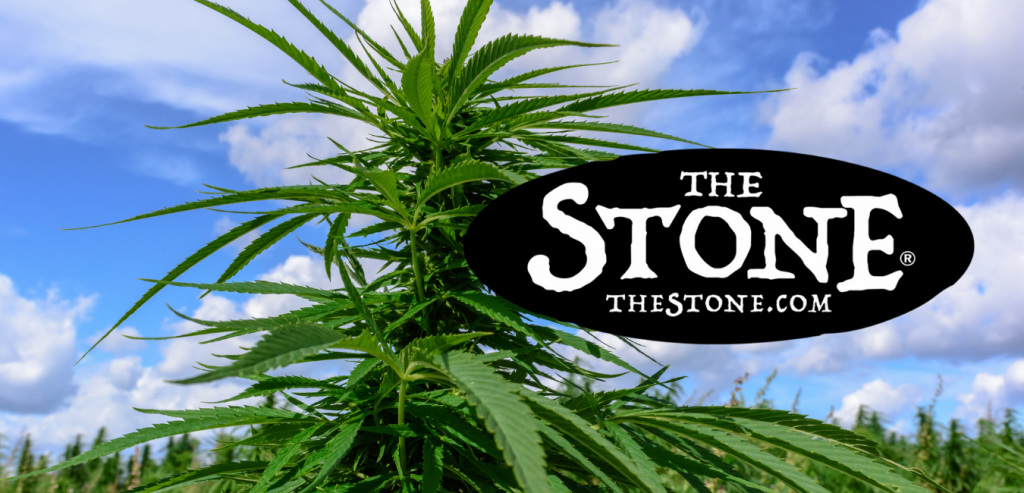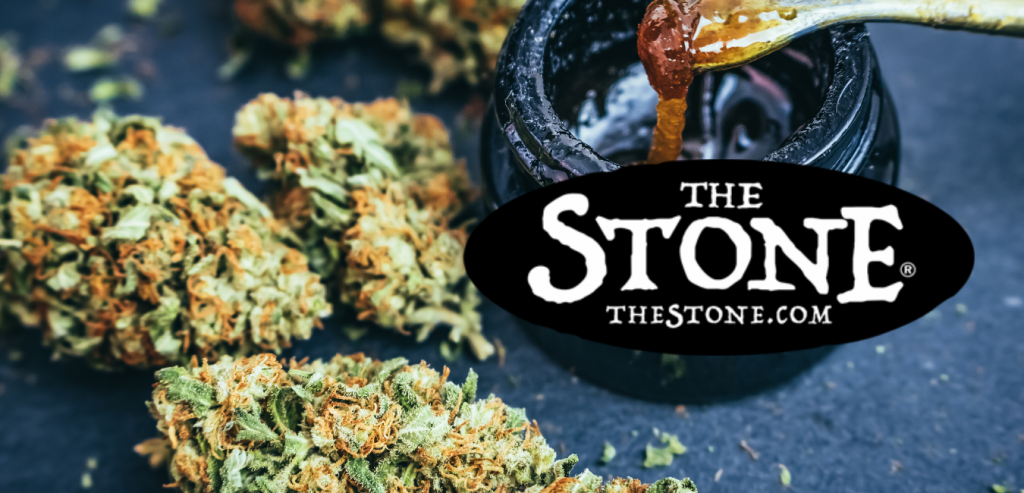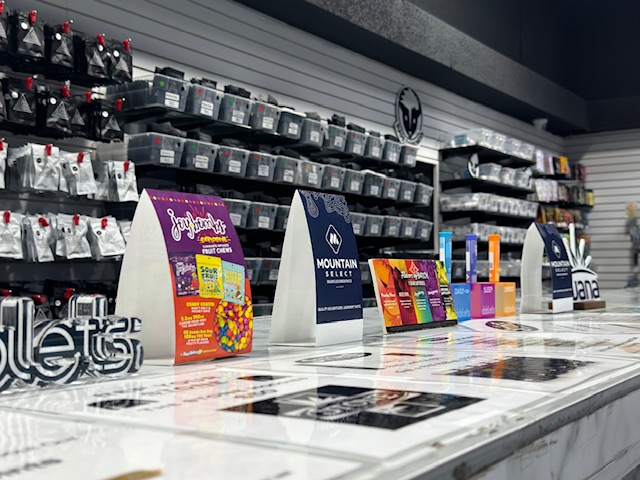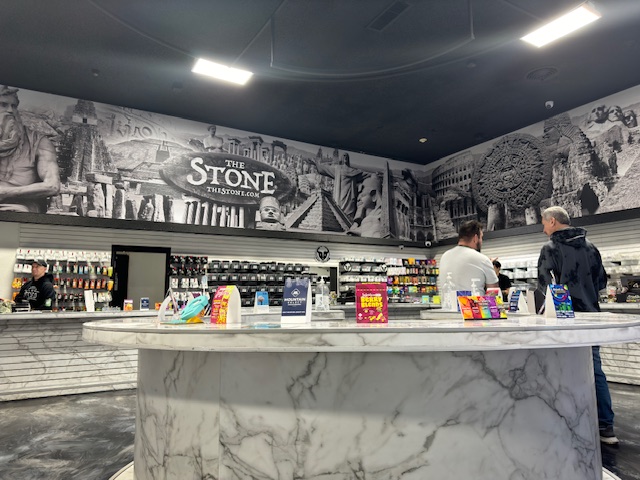
This website is for users aged 21 and over. Please confirm your age.

Medical cannabis, also known as medical marijuana, is a term used to describe the whole, unprocessed plant or its extracts to relieve certain health conditions. There are different types of marijuana available, each with its benefits and drawbacks.

Under federal law, marijuana is a Schedule I drug with no accepted medical use. However, fourteen states and the District of Columbia have legalized its medicinal use to varying degrees following the Americans for Safe Access (ASA), thus creating confusion regarding laws about its production and consumption.
The most common form of marijuana is typically smoked or ingested in food and drinks. The basic premise is that the flower contains cannabinoid chemicals that interact with human endocannabinoid receptors to control pain, nausea, inflammation, and other symptoms associated with certain health conditions.
A highly potent form, usually smoke-free. Concentrates are created through the extraction process using solvents to produce oils, waxes, and resin with high concentrations of cannabinoids.
Edible products can take forms, including baked goods, candies, teas, and tinctures. Edibles are especially popular for people who do not wish to inhale the smoke.
A liquid designed to be administered under the tongue or in pill form. Tinctures use alcohol and water as solvents and, therefore, should only be used before bed to avoid disrupting sleep.
A cannabis-based product used on external body surfaces containing cannabinoids and other plant material.
Designed to be applied to the skin, and contain small amounts of THC oil or gel, which can then slowly release into the system over time.
These are cannabis-based products that are designed to be inserted into the rectum. Suppositories are often used for those who have difficulty ingesting it, but they can also help treat inflammatory bowel disorders.

Currently, 23 states and the District of Columbia have legalized medical marijuana, while four states (Colorado, Washington, Oregon, and Alaska) have legalized recreational marijuana.
According to the ASA, medical and recreational legalization is spreading quickly across the country, with 23 states currently having laws that remove criminal penalties for purchasing or possessing marijuana for medical uses. However, due to current federal law, many of these states still do not have active programs allowing residents to obtain marijuana legally and must rely on the honor system to regulate access.
In addition, two states (Minnesota and New York) are expected to pass medical legislation this year, with a handful of other states working towards legislation that allows residents to possess limited quantities for medical reasons. Currently, nearly half of all Americans live in states authorizing it for medicinal use, and three-quarters of Americans support legalizing medical marijuana.
Marijuana contains terpenes, cannabinoids, and flavonoids, which cause a sensation of euphoria. The THC in cannabis acts on cannabinoid receptors in the body but not necessarily directly liberating pleasure-inducing serotonin-like other familiar psychoactive drugs such as cocaine or heroin.
The endocannabinoid system was discovered in the early 1990s and is composed of cannabinoid receptors, which are proteins located throughout the human body, and compounds that bind to these proteins, such as THC. These receptors control many critical bodily functions, including appetite, pain-sensation, mood, and memory.

This contains high levels of tetrahydrocannabinol (THC). THC is the primary psychoactive compound in marijuana that gives users the “high” feeling. THC-rich can effectively treat various health conditions, such as pain relief, nausea, and appetite stimulation. However, it can also cause undesirable side effects, such as anxiety and paranoia.
Another type is CBD-rich, which contains high cannabidiol (CBD). CBD is a non-psychoactive compound in marijuana that has been shown to have various medicinal properties, such as anti-inflammatory and analgesic effects. CBD-rich products can help treat chronic pain, anxiety, and seizure disorders.
Marijuana oils are extracts that contain high levels of THC or CBD. Tinctures are liquid extracts taken orally or added to food or drink. Edibles are food items that have been infused with cannabis extract. Topical creams are used to treat localized pain and inflammation.
The type of product that is best for you will depend on your individual needs and preferences. It is essential to consult with a qualified healthcare professional before using marijuana, as they can help you choose the right product and dosage for your specific condition.

The modern-day medical marijuana movement began in the United States in the 1970s, when patients and doctors began pushing for its legalization. In 1996, California became the first US state to legalize it. Since then, many other states have followed suit. In 2018, Canada became the second country to legalize it for medicinal use.
Medical cannabis is now legal in many countries worldwide, and its use is multiplying. As more research is conducted on the potential medical benefits, even more uses will likely be discovered.
When it comes to medical cannabis, several different types can be used to treat various other conditions. The most common type of medical cannabis is CBD oil, which can treat everything from anxiety and depression to chronic pain and inflammation. THC oil is another popular type of medical cannabis, which can treat things like nausea and appetite loss. There are also topical forms of medical cannabis, which can treat things like skin conditions and muscle pain. No matter your situation, there is likely a type of medical cannabis that can help you find relief.
Medical cannabis is a term used to describe the use of the cannabis plant, or marijuana, for medicinal purposes. The cannabis plant contains many different chemicals, known as cannabinoids, that can have other effects on the body. THC (tetrahydrocannabinol) is the cannabinoid most associated with the psychoactive effects of marijuana or the “high” that people experience when they smoke or consume it. CBD (cannabidiol), on the other hand, is a cannabinoid that does not produce any psychoactive effects.
The Different Types of Medical Cannabis
As mentioned above, several different types of medical cannabis can be used to treat various other conditions. Here is a more detailed look at some of the most common types of medical cannabis:
CBD Oil is made by extracting CBD from the cannabis plant and then diluting it with a carrier oil, such as coconut oil or hempseed oil. CBD oil can be taken orally, applied topically, or inhaled using a vaporizer. CBD oil is most commonly used to treat anxiety, depression, chronic pain, inflammation, and seizures.
THC Oil: THC oil is made by extracting THC from the cannabis plant and then diluting it with a carrier oil, such as coconut oil or hempseed oil. THC oil can be taken orally, applied topically, or inhaled using a vaporizer. THC oil is most commonly used to treat nausea, appetite loss, pain, and muscle spasms.
Topical Cannabis: Topical cannabis products are applied directly to the skin. These products can come in creams, lotions, salves, or oils. Topical cannabis is most commonly used to treat chronic pain, inflammation, muscle pain, and skin conditions like eczema and psoriasis.
Edibles: Edible medical cannabis products are those that are taken orally. This can include anything from candy and cookies to brownies and tea. Edibles can take anywhere from 30 minutes to two hours to take effect. Edibles are most commonly used to treat nausea, appetite loss, and chronic pain.
No matter your condition, there is likely a type of medical cannabis that can help you find relief. Talk to your doctor about whether medical cannabis is right for you.
We warmly welcome you to explore our highly acclaimed strains, concentrates, and edibles. Serving recreational clients with pride is our passion.
At our dispensary, you'll find a professional yet inviting atmosphere that prioritizes your comfort and privacy. Feel free to stop by at your earliest convenience to experience it for yourself. We can't wait to serve you!


